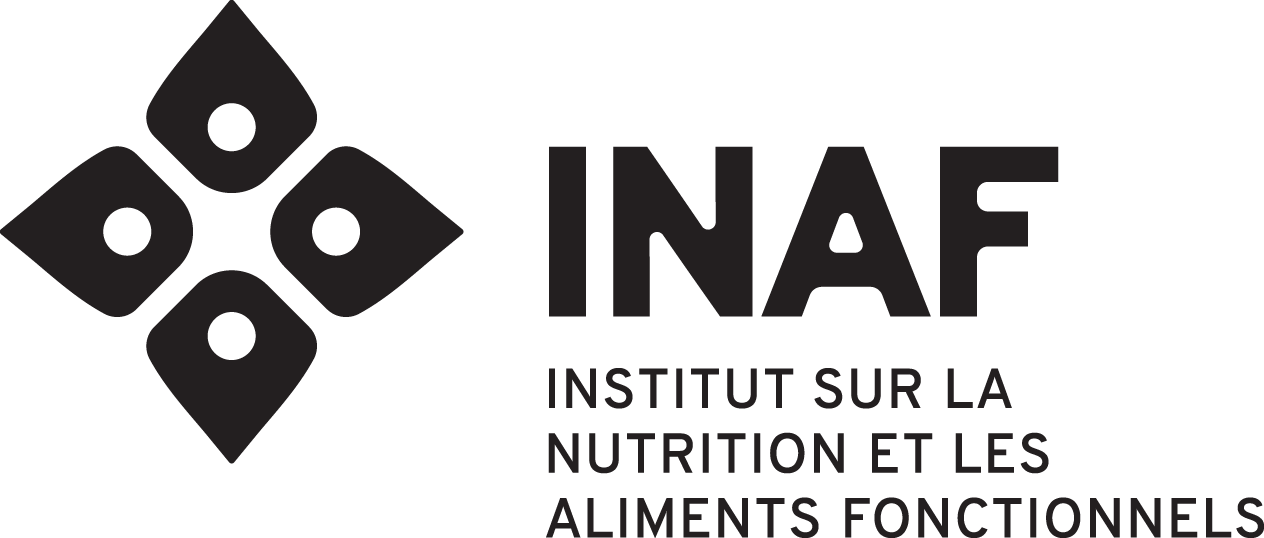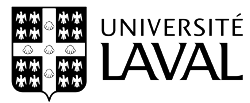Follow-up of Pizzas
Follow-up portrait of the pizzas available in Canada (2017-2022)

204 products were listed for this study
Pizzas newly arrived on the market are higher in saturated fats and proteins
Traditionnal crust pizzas still provide more sodium than thin crust pizzas
Highlights
Despite a great renewal of the products offered on the market, the variations in the nutritional value of the pizza supply in recent years have been minor. Pizzas still contain too much saturated fat and sodium and too little fibre. The pizzas purchased by the consumer were higher in fat and lower in fiber and sodium than in 2017. This improvement in the level of sodium can be attributed to a decrease in this nutrient in traditional crust pizzas. Unless there are changes in their nutritional composition, the majority of pizzas will end up with a symbol on the front of their packaging revealing high in content of saturated fat and sodium. In light of these observations, and considering that pizzas are widely consumed, efforts are needed to improve the nutritional quality of pizzas offered in Canada.
Full report
The mission of the Food Supply Quality Observatory is to observe and monitor the evolution of the food supply in order to generate new knowledge and to act collectively to improve its quality and accessibility. The follow-up studies carried out by the Observatory aim to monitor the evolution of food categories of public health concern over time. Five years after the analysis of the initial portrait, the pizza category was analysed again and this report therefore presents the results of the follow-up analysis of this food category.
Method
The data used for this portrait was collected in collaboration with:
Nutritional composition:


Consumer purchases:

The steps to create this portrait are:

© Food Quality Observatory - INAF, Université Laval, 2019-2021

